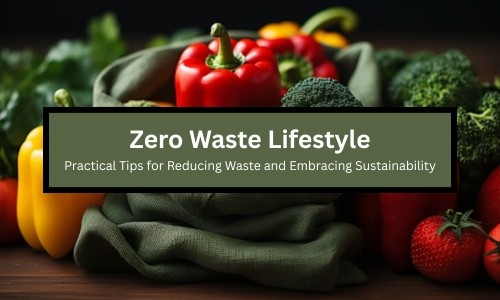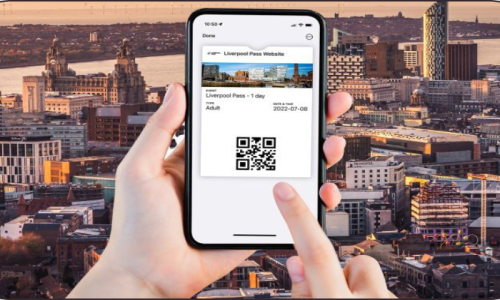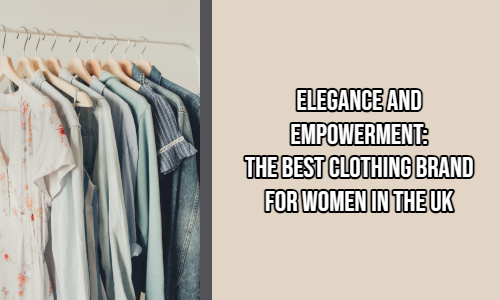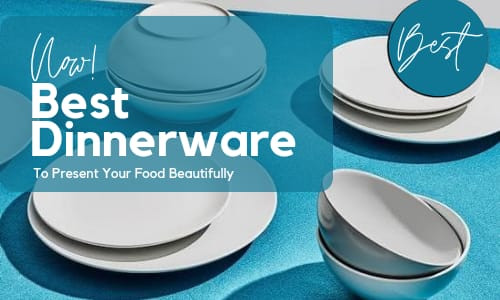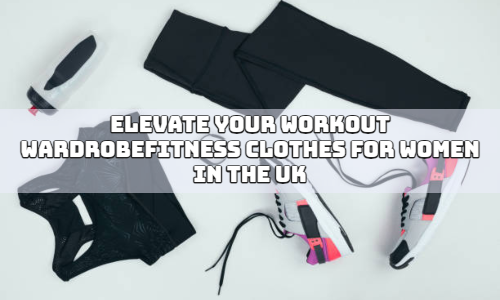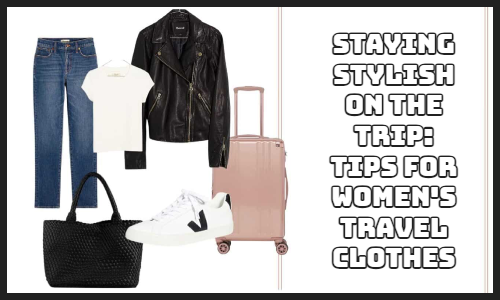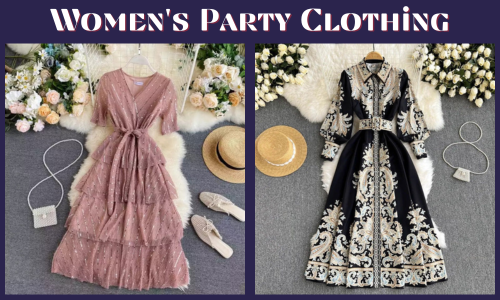Embracing the Waste‑Free Mindset
A zero-waste lifestyle means aiming to send nothing to landfills by reducing needs, reusing what you can, and recycling or composting the rest. It’s closely tied to minimalism, only keeping items you truly use or love, which helps clear clutter and gives you mental breathing room. Personally, I found that when I stopped buying single‑use coffee pods and switched to a stainless-steel filter, I cut my kitchen trash in half.
Simple Home Hacks to Slash Daily Waste
Start small: assemble a “go bag” for reusables. Water bottle, tote, utensils, so you’re never scrambling. Planning meals ahead reduces food scraps and impulse buys, just a quick weekly list can avoid extra packaging. Thoughtful home reuse and recycling cuts household waste significantly over time.
Turning Scraps into Soil: Kitchen Composting Made Easy
You don’t need a fancy tumbler, pit composting (digging a shallow hole, burying scraps) works marvelously and requires zero upkeep. If you’re apartment‑bound, freezing food scraps in a sealed bag prevents odors until you can drop them at a community compost bin.
I used to feel gross about kitchen waste, but once I saw my countertop peelings turn into rich, crumbly dirt, I was shocked. Plus, my houseplants looked better!

Shopping Smart: Choosing Eco‑Friendly Finds
The resale platforms are gold mines: you’ll find unique, quality items and sidestep the pollution of new production. Experts told us to set “buy‑less” alerts and focusing on durable fabrics, this not only saves resources but also keeps your wardrobe fresh.
Before you click “add to cart,” ask: does this align with my values? Look for clear labels (Fairtrade, Bluesign) and brands that share sourcing details. I once spent weeks researching a bamboo toothbrush brand, turns out, a local shop sold identical brushes unpackaged for half the price!
Creative Upcycling: DIY Projects That Wow
Almost anything can get a second life: turn old shutters into wall art, pallets into plant stands, or glass bottles into candle holders. Even that ratty white tee can morph into cleaning rags or braided rugs.
Last month, I repurposed an empty tea tin into a charming herb planter. It cost nothing, brightened my windowsill, and sparked compliments from guests!
Common Single‑Use Items Paired with Zero‑Waste Alternatives
|
Single‑Use Item
|
Zero‑Waste Alternative
|
Key Materials
|
|
Coffee Cups
|
Reusable Coffee Cup
|
Stainless steel / Bamboo / Ceramic
|
|
Water Bottles
|
Reusable Water Bottle
|
Stainless steel / Glass
|
|
Straws
|
Metal Straws
|
Stainless steel
|
|
Grocery Bags
|
Reusable Cotton Bag
|
Cotton
|
|
Plastic Wrap
|
Beeswax Wraps
|
Cotton + Beeswax + Jojoba oil + Resin
|
|
Disposable Razors
|
Safety Razor
|
Metal
|
|
Paper Towels
|
Cloth Towels (Washable)
|
Cotton
|
Minimalism Meets Sustainability: Less Is Truly More
Clearing out excess shrinks demand for new goods and reduces environmental impact. Letting go of “just‑in‑case” items improved my finances and gave me extra weekend hours that I now spend hiking instead of dusting shelves.
Focusing on quality over quantity means fewer replacements and less packaging waste in the long run.
Growing a Green Community Around You
Joining a local community garden connects you with fellow zero‑wasters, sharing goods and advice multiplies results. Online groups host monthly challenges (e.g., plastic‑free May), keeping motivation high. In my city, a neighborhood compost co‑op took off after a single workshop; now dozens of households share bins and laughter every Sunday. Even carbon‑neutral neighborhood pilots prove that collective action reshapes entire communities.
Living a zero-waste lifestyle is about progress, not perfection. Every small step you take contributes to a healthier planet and a more mindful way of living. If you’re curious or just starting out, remember that even tiny changes count and everyone will get benefit of it.













